Morning glory sky blue: all about growing a flower
Ipomoea sky-blue is a plant of the Vyunkov family. Due to its large pale blue flowers, it is considered one of the most beautiful varieties among the numerous collection. ipomey.
Content:
- Description and types of morning glory
- Ipomoea sky blue and its features
- All about plant propagation
- Proper care of morning glory
- Diseases and pests of the flower
- Ipomoea sky blue application
Description and types of morning glory
The homeland of the morning glory is the South American or African tropics. There, this liana quickly climbs the trunks and branches of trees, decorating them with bright phonographs of flowers. The closest relatives of the plant are the sweet potato (decorative and with edible roots), which is not often grown in our country, and the field bindweed (birch), which grows in fields and vegetable gardens.
There are perennial species of morning glory. Among them there are shrubs and even dwarf trees. In our climatic conditions, it can only be grown as an annual. Morning glory will not be able to winter due to frost. The flower got its name in 1900, although it was known and grown in Europe much earlier. About 500 species of morning glory are known. More than two dozen of them are cultivated.
Ipomoea types:
- Cairo is distinguished by blue flowers and leaves, divided into several parts.
- The Nile is relatively low, up to 3 m. The leaves are oval, the flowers are large. Ivy up to 3 m long. Flowers are small, up to 5 cm, grow in 2 pieces.
- Kvamoklite with openwork leaves, rather resembling fern leaves, and five-pointed flowers.
- Moonflower, whose flowers only open at night.
- Sweet potato (ornamental plant) with leaves of various shapes and colors, including variegated.
- Purple, the stem of which grows to 7 m. Flowers can be double, of various colors, there are two-color varieties. The flower is large, up to 7 cm in diameter. It is grown in our country everywhere, multiplies by self-sowing.
- Tricolor (red-blue) reaches a height of 4 m. It is similar to purple, but its flowers are larger, the leaves are smooth. Changes the color of the petals from red-violet (buds) and blue (open flower) to pale pink (curled).
Ipomoea sky blue and its features
Ipomoea sky blue belongs to the Tricolor species. Differs in very large flowers of sky-blue color. They are located on the stem in groups of 2-3 pieces. The diameter of the flower is 8-10 cm, the length of the white tube is up to 8 cm.
The stalk of the morning glory, liana, reaches a height of 5 m.
It is densely covered with heart-shaped leaves. As the sun rises, funnel-shaped flowers open along the entire length, which close in the afternoon. An exception may be a cloudy day, when the flowers are open all day.
After flowering, a fruit-box 1.3 cm long is formed in place of the flower, inside which large (up to 2 mm) oblong seeds ripen. They remain viable for up to 4 years. Ipomoea blooms sky-blue from mid-summer until the first frost. Does not tolerate a drop in temperature to zero degrees.
All about plant propagation
Ipomoea breeds sky-blue seeds... They are sown from the fruit after ripening directly onto the ground. Therefore, you need to monitor the condition of the boxes.Seeds are collected not from the first, but from two subsequent bunches of flowers. They are waiting for the fruit-box to turn brown and open a little. This will happen one month after flowering.
Growing Ipomoea seedlings:
- It is better to sow seeds for seedlings in April, a month before planting in open ground. You can sow directly into the ground, 2 pieces per hole, but in this case flowering will come much later, and the seeds will not ripen. Coma of this seedlings may die from recurrent frosts.
- Ipomoea seeds have a strong shell. In order for the seedlings to sprout faster, it is disturbed (scarification is carried out), or the seeds are soaked for a day in warm water.
- The soil is best prepared by mixing 2 parts of leaf humus, in terms of peat, fine expanded clay, vermiculite. It should be light and loose.
- Sow 2-3 seeds in plastic cups, immersed to a depth of 1 cm, moisten, cover with foil.
- The temperature is maintained at about 20 ° C. Ventilate by removing condensation from the film.
- In half a month, seedlings will appear. It will be possible to transplant it in 3 weeks.
When the plants reach a height of 20 cm, a support is installed near them. It is necessary to plant morning glory seedlings in the ground when the threat of frost has passed. In most regions, this is the beginning of June.
A site is prepared, protected from cold winds, which can tear the plant off the support. The plot should not face north, because there the morning glory will bloom very weakly.
Flowers will open longer on the east side than on the west side.
The soil morning glory loves slightly acidic, loose. The plant needs drainage. It will protect the roots from decay. Dig holes 20 cm deep. Water the seedlings an hour before transplanting. They are planted by the transshipment method. Make sure that the roots are not damaged and the earthy clod does not crumble. Morning glory does not tolerate a transplant and can be ill for a long time. The distance between the bushes is 30 cm. Immediately prepare a support or look for where the plant will go in the process of growth.
Proper care of morning glory
In order for the vine to branch and occupy as much area as possible, it is periodically pinched. First time after 4 real sheets appear. Active growth of lateral shoots begins. They climb themselves on vertical supports made of twine, plastic or metal mesh.
How to properly care for flowers:
- Ipomoea is regularly watered during growth. But they make sure that the water does not stagnate in the roots. The soil from the time of transplanting to September should be moist; watered in autumn when the soil surface dries up. With a lack of moisture, the leaves of the morning glory wither quickly. After watering, the turgor is restored, but the plant becomes weaker, losing its ability to resist disease.
- Ipomoea is fed in the summer every 3 weeks. Phosphorus fertilizers are preferred. Don't add a lot of nitrogen. This will lead to abundant growth, but the morning glory will be weak. In autumn, the plant is no longer fertilized. After the first frost, it will die.
Ipomoea seeds keep well in the soil and often sprout the next year. But the Sky-blue variety does not multiply by self-seeding. Its seeds die from frost in winter.
To get them at home, one plant can be planted in a pot filled with humus and placed outside. The amount of soil in the pot will not be sufficient for full development. Therefore, the flowers will bloom earlier, and the seeds will have time to ripen before frost.
Diseases and pests of the flower
All diseases of morning glory are divided into:
- Fungal
- Viral (more than 10 types).
Fungal plants infect a plant with increased soil and air humidity. The fungus comes mainly from the soil. Anthracnose and rust is treated by treating the plant fungicides... Rot and viral diseases cannot be treated, so the affected plants are removed and destroyed.
White edema is a disease that affects plants grown indoors. Blisters appear on the leaves. After a while, they fall off. The disease manifests itself in cold rainy weather.
Ipomoea pests:
- Spider mite. He loves to feed on the sap of the plant and settles on it very often. It can be seen on the inside of the sheet. When the spider mite does not have time to spread throughout the bush, it can be removed by treating the plant with cold water.
- Aphid... It settles on the tops of young shoots and also feeds on the sap of the plant. In the initial stages of the lesion, it can be treated with a soapy solution of tobacco dust.
If the pests have spread through the bush, you will have to spray insecticides:
- Actellik
- Aktara
- Fitoverm
Ipomoea sky blue application
The plant is widely used for landscaping various planes, gazebos, balconies. With its help, you can drape an ugly wall or structure, emphasize the beauty of the site.
When planting morning glory on the balcony, they expect that each plant should have at least 3 liters of soil.
Growing the sky-blue morning glory, you need to remember that this is a poisonous plant.
Its seeds are especially dangerous. Their use causes severe poisoning, hallucinations due to the presence of a large amount of the psychoactive substance ergine. No wonder they were used in magic rituals by the ancient Aztecs, representatives of the indigenous population of America. You should especially watch out for small children.
More information can be found in the video:



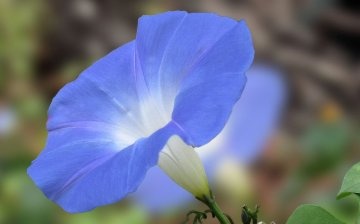


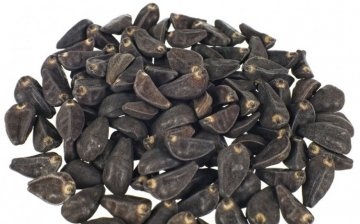
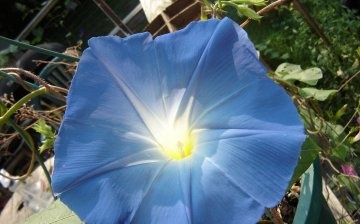

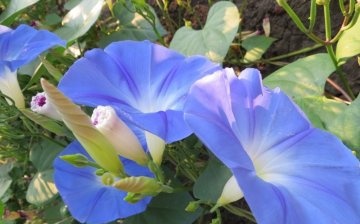







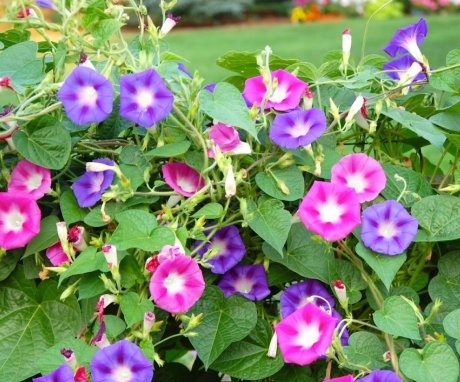
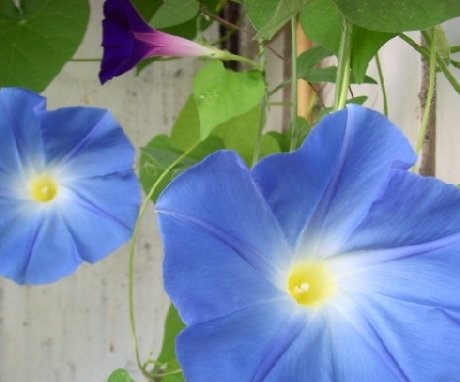
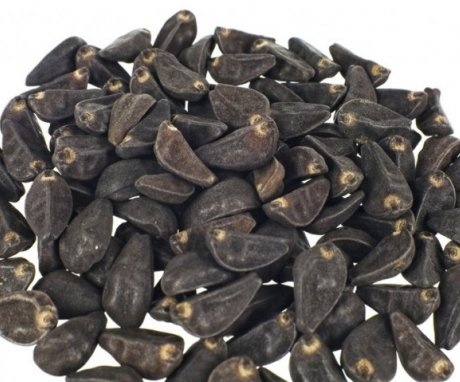
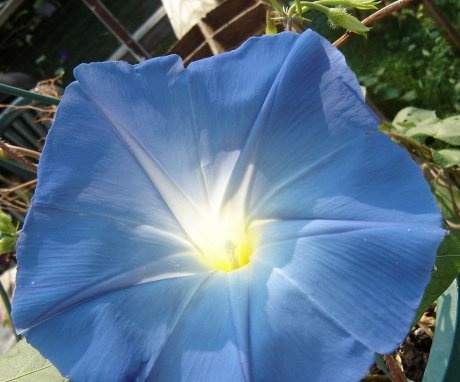


Ipomoea grew this wonderful bindweed from seeds on the balcony. A very beautiful bloom has grown. I will plant more. The main thing during growth is to provide her with support so that she has room to grow.
What a beautiful flower, and I still don't know it. Not only is it recommended to grow the morning glory on the balcony, where my flowers grow, but she is also such a beauty. It is imperative to correct this gap.
In the year before last, there were no problems - sowed on seedlings, sprouted, bloomed beautifully. But in the past ... It was some kind of nightmare - she did not rise, she grew somehow, as a result, she was dropped out of the garden late. A friend has the same story. Think about it - either she did something wrong, or it was such a year, or the seeds are not germinable (
I planted this flower near the fence this year. But, for some reason, there were very few buds. There were no signs of illness. The soil is fertilized, although I did not prepare the soil specifically for planting morning glories.